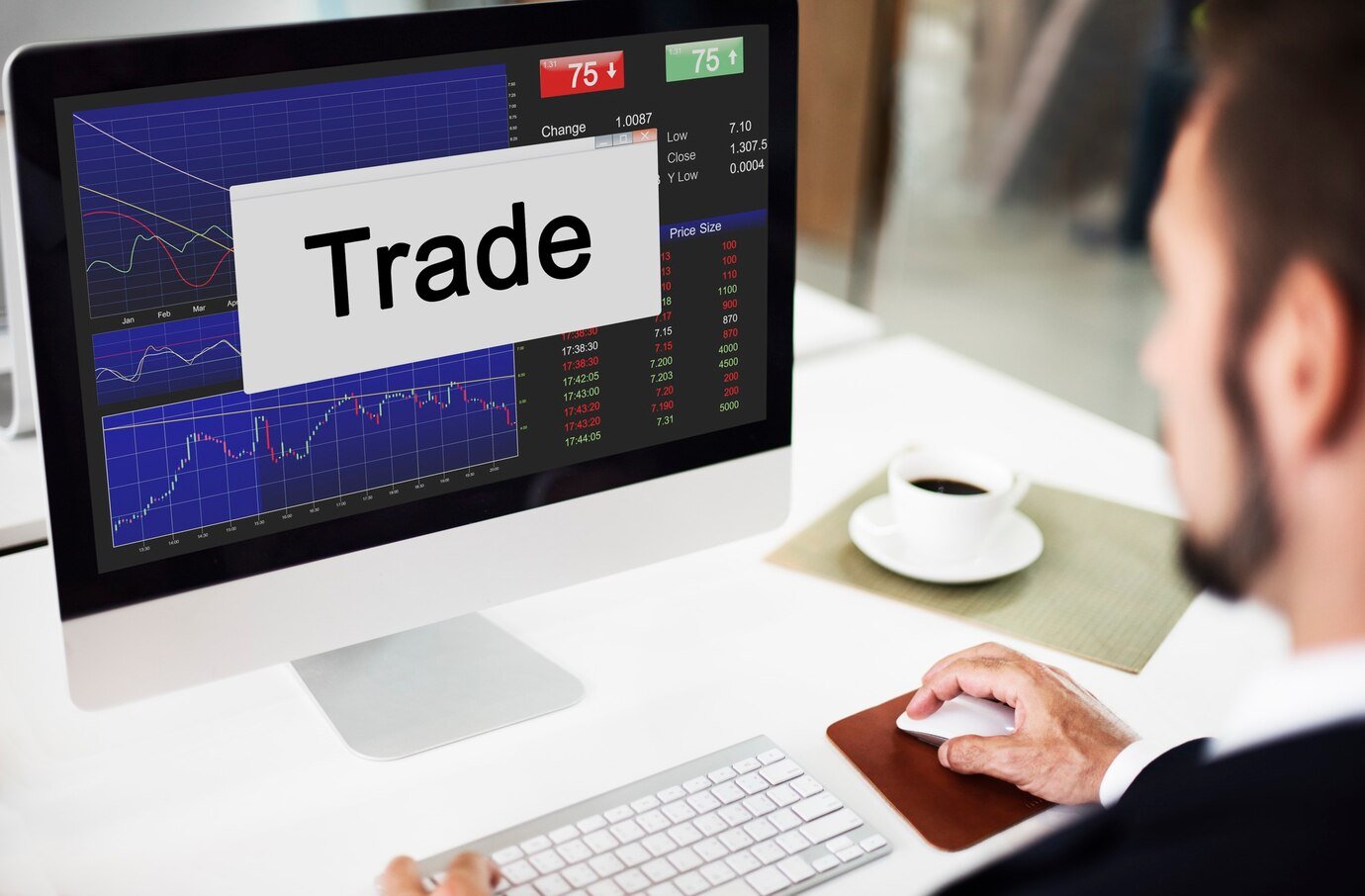
The Intersection of Crypto and Forex in Asian Markets: A New Era of Trading
As the global financial landscape continues to evolve, Asia finds itself at the crossroads of two dynamic markets: cryptocurrencies and traditional forex. The integration of these two seemingly separate worlds is creating new opportunities and challenges for traders and investors across the region.
How Crypto is Influencing Forex in Asia
In recent years, Asia has emerged as a hub for both cryptocurrency adoption and forex trading. Countries like Japan, South Korea, Singapore, and China have seen rapid growth in crypto transactions, which has begun to impact the forex market in significant ways.
- Liquidity Boost from Crypto Adoption
Cryptocurrencies, especially stablecoins like USDT and USDC, have provided an additional layer of liquidity for traders in Asian markets. These digital assets offer a fast and reliable way to move money across borders, which can ease forex trading, particularly in regions with strict capital controls like China. Traders can convert fiat currencies into stablecoins, transfer them internationally, and then convert them back into the local currency, bypassing traditional banking delays. - New Currency Pairs and Trading Strategies
The rise of crypto-backed forex pairs, such as BTC/JPY (Bitcoin to Japanese yen) or ETH/USD (Ethereum to U.S. dollar), is giving traders more options to diversify their portfolios. These pairs combine the volatility of cryptocurrencies with the more established nature of fiat currencies, presenting unique opportunities for profit through arbitrage, hedging, and speculation. - Risk Management and Hedging Against Volatility
Cryptocurrencies are notorious for their price volatility, which poses a risk to both forex traders and crypto holders. However, savvy traders in Asia have begun using forex strategies to hedge their crypto investments. For instance, traders might short specific currency pairs if they anticipate a local currency’s strength against Bitcoin, thereby minimizing potential losses from crypto price swings.
How Forex Markets are Adapting to Crypto Growth
The growing influence of cryptocurrencies is also forcing traditional forex brokers and financial institutions in Asia to adapt.
- Brokerage Innovation and Hybrid Platforms
Many forex brokers in Asia have started offering crypto as an asset class for trading. Platforms that originally focused on forex now provide crypto/fiat pairs, allowing traders to seamlessly switch between markets. Hybrid platforms, such as those in Singapore and Hong Kong, give users access to both forex and crypto markets on a single interface, streamlining the trading experience. - Regulatory Challenges and Opportunities
The rapid rise of crypto has caught the attention of financial regulators in Asia. Countries like Japan and South Korea have implemented regulatory frameworks to oversee crypto exchanges and trading, which has influenced the forex market. While stricter regulations might seem like a hindrance, they provide more security and stability for traders who want to integrate crypto into their forex strategies. This regulatory clarity in markets like Japan has attracted institutional investors who previously avoided the unregulated crypto space. - The Role of Central Bank Digital Currencies (CBDCs)
One of the most intriguing developments at the intersection of crypto and forex in Asia is the rise of central bank digital currencies (CBDCs). China’s digital yuan, in particular, has been a game-changer. It is positioned to influence not only forex trading but also cross-border payments and international remittances. CBDCs could provide more stability than traditional cryptocurrencies, while still offering the benefits of digital assets, such as fast transactions and reduced transfer costs.
The Future of Crypto and Forex in Asia
The intersection of crypto and forex in Asia represents a paradigm shift in how markets operate and interact. While crypto brings volatility, innovation, and decentralization, forex markets offer liquidity, stability, and established regulatory structures. The blending of these two markets creates a new era of financial opportunity, particularly in Asia, where crypto adoption is among the highest in the world.
Looking ahead, traders should expect further integration between these markets. Innovations like blockchain technology could reduce the costs of forex transactions, while the rise of DeFi (decentralized finance) could create entirely new trading platforms that blend forex and crypto on decentralized networks.
Conclusion
Asia’s role as a leader in both forex and crypto adoption makes it a fascinating region for traders who want to capitalize on the synergies between these two markets. As regulatory clarity improves and new trading pairs emerge, the intersection of crypto and forex in Asia is set to become one of the most dynamic and profitable arenas in global finance. Traders who can navigate the complexities of these intertwined markets stand to benefit from the unique opportunities they present.


